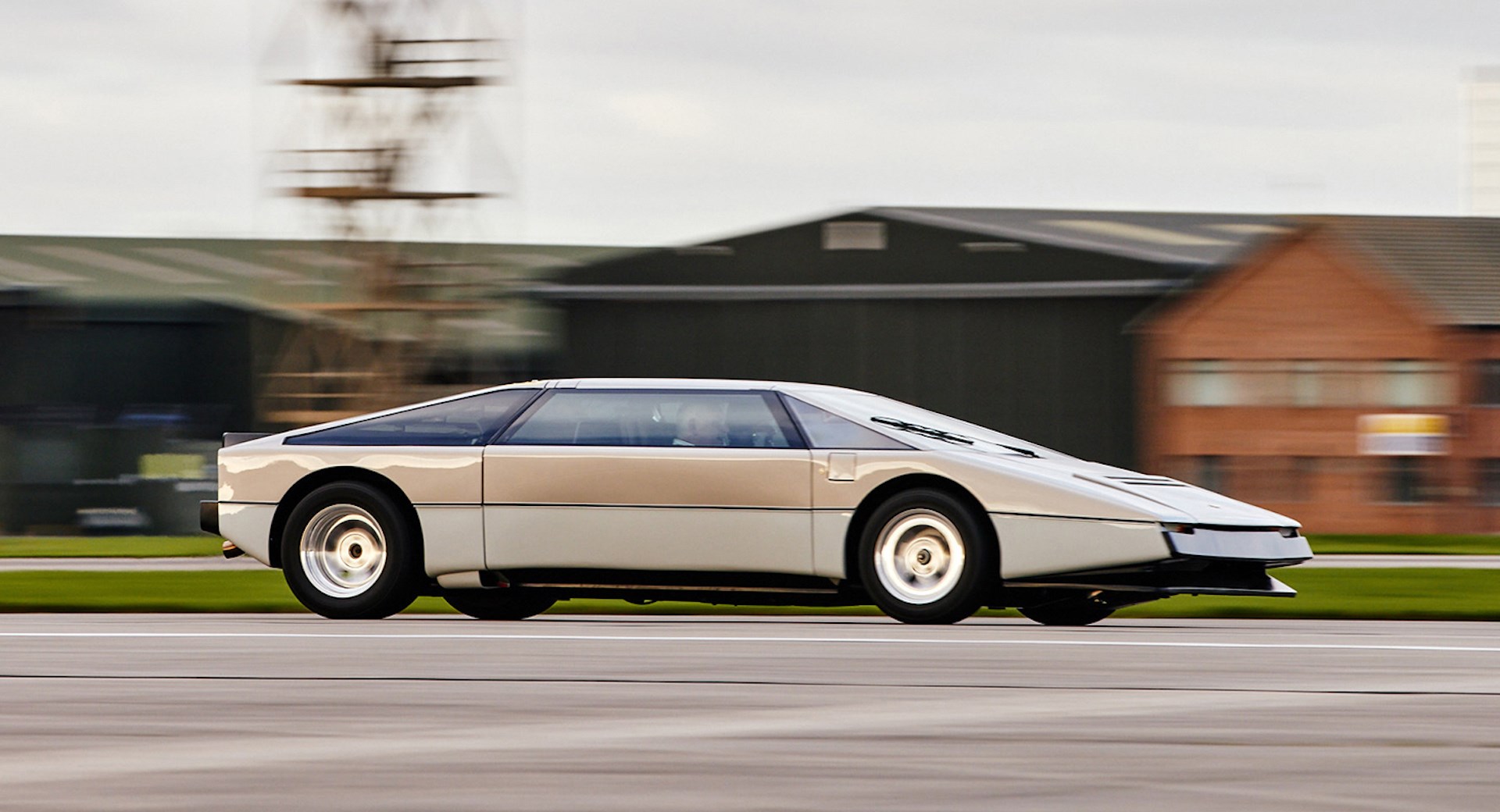The Bulldog is one of those weird concepts that came out of the 1970s-1980s. The Aston Martin mid-engined supercar was designed to hit 320 km/h, but the one-of-one concept never quite hit its goals.
However, the only existing example has now been restored, and was spotted recently on the streets of London.

Now, the car is one step closer to making good on a 41-year old promise. During shakedown testing, the car managed to hit 261 km/h.
The Bulldog was kitted out with a 5.3-litre Aston Martin V8 engine with twin Garrett turbochargers, which was nothing to scoff at in its heyday. Rumours at the time talked of power figures reaching 700 horsepower, though the engine was typically run at a lower 600 horsepower figure for the sake of reliability.
In its original testing way back when, the Bulldog didn't quite reach its 320 km/h goal, probably due to the hefty weight of 1750 kg. An attempt in 1980 at the MIRA test track hit just over 300 km/h, reportedly running with just 400 hp.
Aston Martin claimed at the time that the car could in theory reach 381 km/h running at full steam, but the concept was canned shortly after when Victor Gauntlett purchased the cash-strapped company in 1981.
The Bulldog changed hands a few times after this, but eventually ended up with Victor's son, Richard Gauntlett, who restored it.
That restoration work has just earned Classic Motor Cars, the shop who restored the vehicle, a Royal Automobile Club Restoration of the Year award. What better way to celebrate the award, by blasting down a runway at 261 km/h?
That's exactly what happened last weekend in a shakedown run in preparation to hit that 41 year goal of reaching 320 km/h.
“There is still much to do,” says CMC boss Nigel Woodward, who was behind the wheel for the straight-line run.
“But Saturday’s session not only validated the car but also provided a lot of very useful data. The fact that without trying, and in the teeth of a 50 mph crosswind we sailed through the 160 mph mark in only ¾ of a mile, at reduced boost and on partial throttle says much. It was only a lack of bravery on my part and the fact that we were still evaluating the car that prevented us going faster.”











